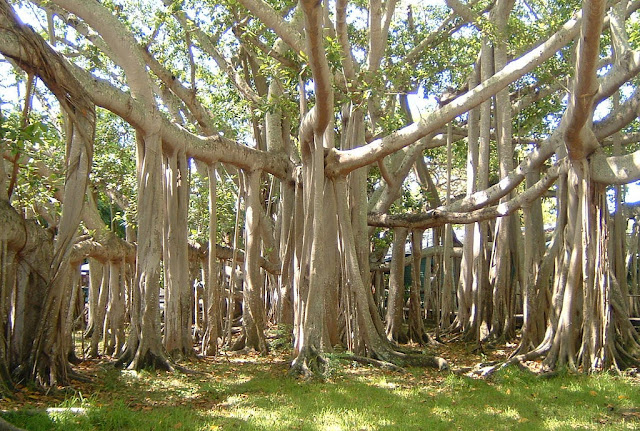Skip to main content
walking tree
Corner in 1961 hypothesised that the unusual stilt roots of S. exorrhiza were an adaptation to allow the palm to grow in swampy areas of forest. No evidence exists that stilt roots are in fact an adaptation to flooding, and alternative functions for them have been suggested. John H. Bodley suggested in 1980 that they in fact allow the palm to "walk" away from the point of germination if another tree falls on the seedling and knocks it over. If such an event occurs then the palm produces new vertical stilt roots and can then right itself, the original roots rotting away. Radford writes in the December 2009 Skeptical Inquirer that "As interesting as it would be to think that when no one is around trees walk the rainforest floor, it is a mere myth", and cites two detailed studies that came to this conclusion.Other advantages of stilt roots over normal roots have since been proposed. Swaine proposed in 1983 that they allow the palm to colonise areas where there is much debris (for example, dead logs) as they can avoid it by moving their roots. Hartshorn suggested in 1983 that stilt roots allow the palm to grow upwards to reach light without having to increase the diameter of the stem. The roots make the palm more stable and therefore allow it to grow taller and more quickly than if they did not possess them. They also allow the palm to invest less biomass in underground roots than other palms, therefore leaving more energy to be used in growing above ground. It was also thought that the roots may confer an advantage when the palm is growing on a slope, but no evidence has been found that this is the case.
Iriartea ventricosa has similar roots to S. exorrhiza








Comments